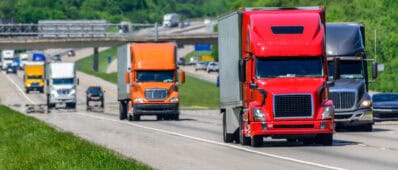Network-wide Truck Tracking and Weight Estimation
Areas of Expertise
Freight, Logistics, & Supply Chain
Campus(es)
UC Irvine

